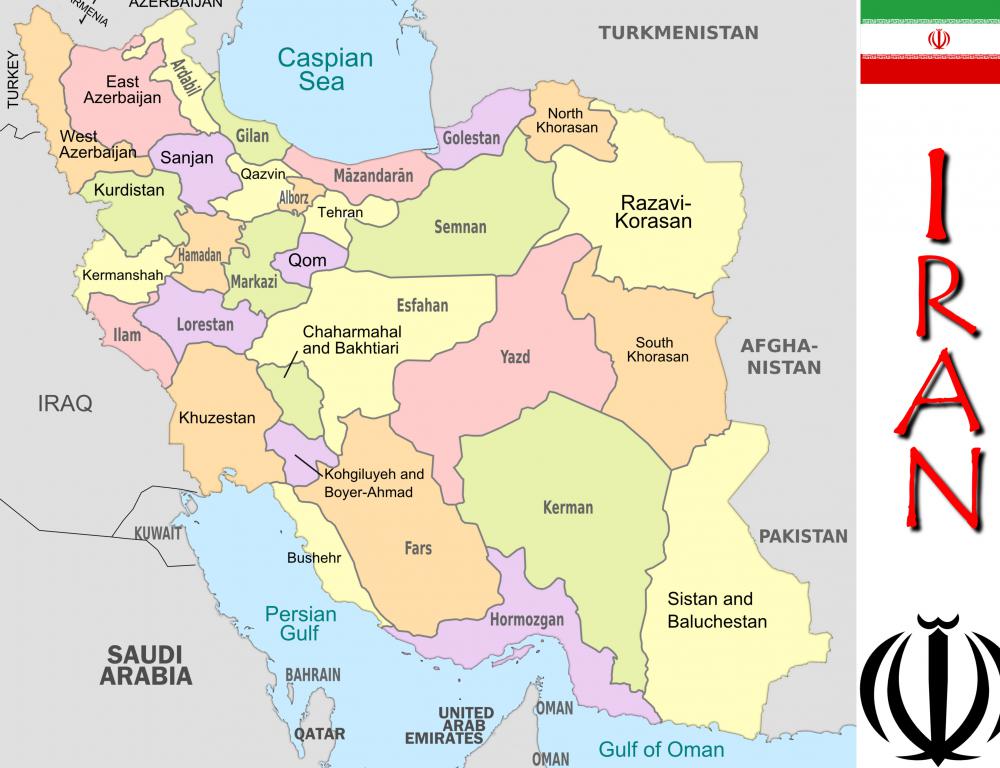At AllThingsNature, we're committed to delivering accurate, trustworthy information. Our expert-authored content is rigorously fact-checked and sourced from credible authorities. Discover how we uphold the highest standards in providing you with reliable knowledge.
What is an Onager?
An onager is an equid, meaning that it is in the horse family, and it is more formally known as Equus hemionus. Onagers once roamed across much of Asia, but due to hunting and shrinking habitat, these animals are now much less abundant than they once were. Many of the world's onagers live in zoos today, where biologists hope to rebuild stocks of onagers with breeding programs to save these plucky, feisty, and currently endangered animals.
Like their relatives the horses, onagers are hooved animals with stocky, muscular bodies designed for quick flight. The onager is also extremely agile, able to navigate rough and rocky terrain within hours of birth, and the animals are famous for being able to jump very high. They can also withstand brutal conditions including extreme heat and cold, which may explain why they were once widely distributed across the plains of Asia, as they were able to adapt to rough and changing conditions.

In appearance, an onager looks a little like a small donkey. The animals have creamy underbellies and darker rusty orange fur on their backs and hindquarters, with a bold black stripe running down their backs. Like many wild equids, the onager has an upright mane, and its tail is a small stub which is useful for sweeping away flies and other pests.
In the wild, onagers tend to roam in herds which vary in size, depending on a variety of conditions. Stallions have been known to fight viciously over mares in season. There are several onager herds in places like Iran and Russia, but these herds are rather small, and biologists are concerned that they may be lacking in genetic diversity, which could lead to problems for rare onager subspecies. These animals are also threatened by hunting, ecological damage in the areas they live in, and ever-expanding human habitation.
Historically, the onager was used as a source of prey by the Persians, and some evidence suggests that the Persians may have captured and bred onagers as well. These animals are said to be extremely challenging to tame and domesticate, which may explain why people ride the more docile and predictable horse today, rather than the onager or another equid such as the zebra. If you live near a major zoo, you may be able to see an onager or two for yourself; several zoos in Europe and the United States have established successful breeding programs which showcase several subspecies of onager such as the Iranian Ass and the Mongolian Wild Ass.
Frequently Asked Questions
What is an onager and where can it be found in the wild?
An onager, also known as the Asiatic wild ass, is a wild equid native to the deserts and other arid regions of Iran, Mongolia, India, and parts of the Middle East. According to the IUCN Red List, they are adapted to harsh environments and are most commonly found in grasslands, savannas, and semi-desert areas.
How does the onager differ from domestic donkeys?
Onagers are wild, with a more slender build, longer legs, and faster speeds compared to domestic donkeys. They can run at speeds up to 70 km/h (43 mph), making them one of the fastest equid species. Their fur is typically reddish-brown, which helps them blend into their desert surroundings, unlike the varied coat colors of domestic donkeys.
What are the main threats to the survival of onagers?
The main threats to onagers include habitat loss due to agricultural expansion, competition for water and grazing with livestock, and poaching for meat and hide. The IUCN lists various subspecies of the onager as critically endangered or near threatened, highlighting the urgent need for conservation efforts to protect these animals.
What do onagers typically eat and how do they find food in their environment?
Onagers are herbivores that graze on a variety of vegetation, including grasses, herbs, leaves, and occasionally shrubs. They are well-adapted to their arid habitats, able to extract moisture from their food and go without water for long periods. They often forage in small groups to find food across their vast, sparse habitats.
Are onagers social animals and how do they interact with each other?
Onagers are somewhat social, typically forming small herds consisting of females and their young, while males are often solitary or form bachelor groups. During the breeding season, males become territorial and compete for access to females. They communicate through vocalizations, body language, and scent marking to maintain social bonds and establish hierarchy.
What conservation efforts are in place to protect onagers?
Conservation efforts for onagers include protected area management, anti-poaching patrols, and legal protection. Some countries have established breeding programs and reintroduction projects to bolster wild populations. International organizations like the IUCN and local wildlife agencies collaborate to monitor populations and implement strategies aimed at habitat preservation and reducing human-wildlife conflict.
AS FEATURED ON:
AS FEATURED ON:











Discussion Comments
What zoos in the US have onagers?
Post your comments